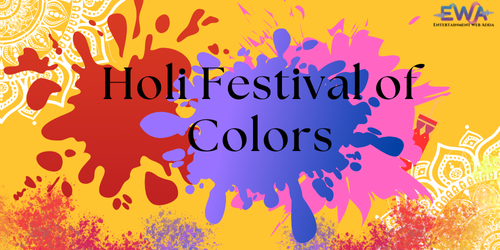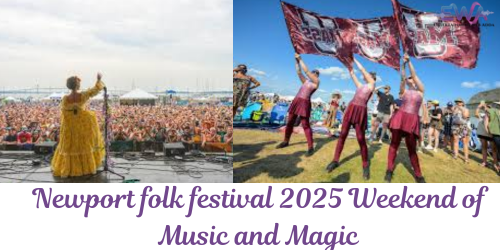Thailand’s Songkran Festival is the world’s most fun and quirky New Year celebration. It’s the world’s largest water battle, known worldwide as the biggest water fight on the planet, but it’s so much more than a splash of water. It’s a stunning combination of ancient custom, family love, and national jubilation that ushers in the Thai New Year in April.

History Of Songkran Festival
The term “Songkran” originates from the word “Sankranti” in Sanskrit, meaning “movement” or “change.” It represents the sun entering a new zodiacal sign, a new start. Songkran was traditionally the time for washing away, rejuvenation, and paying homage to the elderly, monks, and ancestor.
Initially, individuals sprinkled gently fragrant water on the hands of elders and Buddha statues as a token of respect and cleansing. It developed into the full-fledged water festival that we know today over time.
Click here to read about Nowruz Festival
How It Celebrated
Festival is celebrated between April 13 and 15 each year, but in towns such as Chiang Mai and Pattaya, the celebrations can go on for a week or even longer!
1. Water Splashing
The most memorable element of this festival is the countrywide water battles. Streets are lined with residents and foreigners carrying water guns, hoses, and buckets. There is fun for all — young and old, locals, and foreigners.
Water symbolizes purification and washing away bad fortune to make way for a clean slate at the dawn of the New Year.
2. Buddha Processions
Most people go to temples to sprinkle water on Buddha statues, an age-old purification ritual. Statues are taken out onto the streets in procession, and individuals discreetly splash them with water.
3. Respecting Elders
Young members of families in Thai households splash parents and grandparents with water over their hands, requesting blessings for the New Year. This is referred to as the Rod Nam Dum Hua ceremony.
4. Temple Visits and Merit-Making
Thais go to temples to make offerings, release birds or fish as a merit-making activity (called merit-making), and engage in sand pagoda building competitions on temple grounds.
5. Street Parades and Cultural Shows
There are parades, traditional dances, music concerts, and beauty contests like Miss this festival in the big cities.
Popular Places to Celebrate Songkran
- Bangkok: Khao San Road and Silom Road transform into huge water battlefields.
- Chiang Mai: Celebrations here continue for as long as a week with cultural performances and temple ceremonies.
- Pattaya & Phuket: Wild water parties, music festivals, and nightlife are their claims to fame.
Mythical Origins
The Songkran Festival, which is commemorated throughout Thailand and Southeast Asia, is recognized globally as the biggest water festival. Though nowadays it’s renowned for celebratory water battles and colorful parades, the celebration has rich mythological and religious origins based on Buddhist and Hindu traditions.
Origin in a Buddhist Folk Tale: The Story of Suvannabhumi
Long ago, in the rich city of Sukhavati of Suvannabhumi, a Bodhisattva was born into a family of a poor farmer. The city, although wealthy, had become immorally degenerate—citizens no longer obeyed their elders, gave charity to the poor, nor cultivated Dhamma (righteous living).
Indra, the Devas’ king, gazed down from the heavens with dismay. He announced:
Due to their vices, the inhabitants of Suvannabhumi suffered from drought, stinking rubbish, and scorching heat.
In desperation, the people, who were all led by the Bodhisattva, supplicated to Mother Earth (Siri). Pitying their good faith, she informed them that only through the rekindling of faith in Dhamma could they be redeemed. She bestowed upon them:
A sacred chunk of fertile soil
Magic seeds
A mystical song that rains
Colored Thanaka powder pots to cool their bodies
Individuals vowed to observe Sila (virtue) and Uposatha (observance). They tilled the ground and employed water and Thanaka to overcome the heat. When their crops matured—on the day that the Sun entered Aries—they commemorated the harvest by washing the feet of elders, offering food, clothing, and making offerings.
Witnessing this change, Indra restored their former glory, and the people chose the Bodhisattva as the leader. They commemorated this triumph of righteousness by splashing water and using colored powder—barring the first Songkran celebration.






